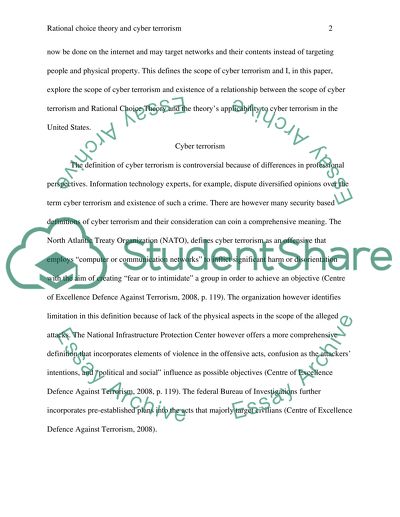Cite this document
(“Can Rational Choice Theory Explain Cyber Terrorism in the United Research Paper”, n.d.)
Retrieved from https://studentshare.org/law/1474638-can-rational-choice-theory-explain-cyber-terrorism
Retrieved from https://studentshare.org/law/1474638-can-rational-choice-theory-explain-cyber-terrorism
(Can Rational Choice Theory Explain Cyber Terrorism in the United Research Paper)
https://studentshare.org/law/1474638-can-rational-choice-theory-explain-cyber-terrorism.
https://studentshare.org/law/1474638-can-rational-choice-theory-explain-cyber-terrorism.
“Can Rational Choice Theory Explain Cyber Terrorism in the United Research Paper”, n.d. https://studentshare.org/law/1474638-can-rational-choice-theory-explain-cyber-terrorism.


